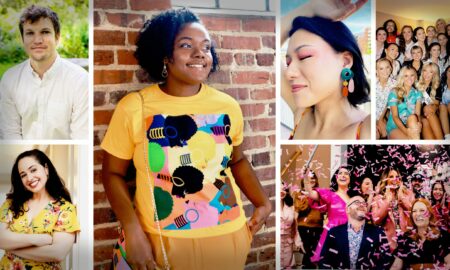
Today we’d like to introduce you to ShaLeigh Comerford.
Hi ShaLeigh, thanks for sharing your story with us. To start, maybe you can tell our readers some of your backstories.
I would say my story really began in about the second grade when I decided to make a duet to Tchaikovsky’s nutcracker for my second-grade talent show. I was also the second oldest of five children and was constantly creating work and casting them as my stars.
This included everything from theater to dance to film and photography. My siblings were my world growing up. Sometimes, I would just walk them around the yard all of us hand-in-hand, and start telling stories from the textures and the sounds around us.
I was constantly creating new worlds for them and with them, it was like shaking up tiny little snow globes that we could step inside of. Most of the stories would end with us jumping off of a stone wall in our front yard which I would call the moon or cliff and we would fall to the ground screaming and laughing.
I sometimes think that I’m just still recreating what I loved so much about being a big sister. My whole life seems to have made it into what I do today. I had a lot of interests growing up. I started playing violin in second grade and I started drawing and painting well before that. I remember taking my first ballet and tap class well before kindergarten. By the time I was 10, I had the opportunity to make my first professional stage debut as the lead in the musical theater production of Alice in Wonderland.
My journey has taken me down many different paths since then from social work and teaching to performance, choreography, and directing. Regardless of it all, what fits it all together has been a lifelong love of people and designing experiences. I think what really put me on the map as a choreographer was moving to New York City in 2006 where I got my first show within just a few months of living there. I premiered a work called dedicated to – because of – (and vice versa) for Movement Research at the Judson Church and that work toured until 2015.
After working internationally for a few years as a performer and choreographer, I landed back in North Carolina where I decided to start my company ShaLeigh Dance Works, a dance-theatre company dedicated to creating work for social change. Our mission is to inspire people of all abilities, social backgrounds, cultures, and generations with the transformative power of dance and we have been offering year-round programming since 2017.
Would you say it’s been a smooth road, and if not what are some of the biggest challenges you’ve faced along the way?
It has not been a smooth road at all. There’s been many ups and downs.
There have been times in my travels where I was living off of a carton of eggs, and many times where I just needed a couch, a place to store my boxes, and someone to look after my cat. I think the biggest challenge was learning how to travel alone as a woman.
It was also a struggle to go from primarily being trained as a dancer to learning how to become a choreographer, an artistic director, and eventually the president of a nonprofit. The learning curve has been huge.
Can you tell our readers more about what you do and what you think sets you apart from others?
Primarily, what I do is create experiences. Since 2017 my company ShaLeigh Dance Works has created year-round programming at the intersection of art, culture, and social change to enrich our communities. Our engagement programs are integral to what we do and every year we also create programs to empower and uplift individuals of all abilities and bring mixed-ability movers to professional stages.
We believe that what we do in the studio can positively affect the world outside. I think that what also sets us apart is that we work with our own movement language called ShaGa. I describe ShaGa as a living movement practice of self-discovery, healing, and awakening to our deeper resources. It’s something I’ve been researching for over 15 years in my own personal lifelong journey to heal as a survivor and through my community work with unique populations.
I think what I’m most proud of is that I helped to start the first integrated dance program for children with mixed abilities at the Roanoke Ballet Theatre. Creating this class taught me so much about the healing potential of the body through creative movement explorations. I would go so far as to say this could have been ShaGa’s origin story.
I remember teaching through stories that evoked sensations and suddenly seeing a little girl who was never supposed to be able to run, run, and another that was never supposed to be able to jump, jump. I remember looking up to see their mothers jumping and crying in the lobby. They really taught me that nothing is impossible and that their own best teacher is within.
They taught me that there was nothing to teach, that my only job was to awaken them to their own inner resources.
Before we go, is there anything else you can share with us?
We are excited to share that our newest work enVISION: Sensory Beyond Sight will premiere in early June of 2022. It is an interdisciplinary and immersive project that does not require a viewer’s vision.
The project was born from a desire to create a dance-theatre performance that would be accessible to both audiences who have their sense of vision and to people who live with a visual impairment. The project is bringing together over 20 collaborators around a single challenge: to tell a story through dance and theatre beyond their visual dimension.
As inclusion requires active, intentional, and ongoing efforts, our project commissions members of the low-vision and blind community to join the project design as paid collaborators from development to completion. By collaborating directly with individuals and artists who are low-vision or blind, our goal is to provide paid opportunities, access, inclusion, and visibility.
It is our hope that enVISION: Sensory Beyond Sight will lead to new initiatives and approaches that continue to evolve inclusive practices and opportunities that focus on ability, and what we can do as artists to create experiences of dance in a more meaningful way.
This project is supported by The National Endowment for the Arts, The American Dance Festival, MAP Fund, the Mary Duke Biddle Foundation, the Durham Arts Council’s Annual Arts Fund, and the North Carolina Arts Council, a division of the Department of Natural and Cultural Resources.
Contact Info:
- Email: [email protected]
- Website: https://shaleighdanceworks.com
- Instagram: https://www.instagram.com/shaleighdanceworks/
- Facebook: https://www.facebook.com/shaleighdanceworks/
- Twitter: https://twitter.com/shaleighdance
- Youtube: https://www.youtube.com/channel/UCb8RPBNj-qSTFXFnmBRCIPg
- Other: https://www.shagamovement.org

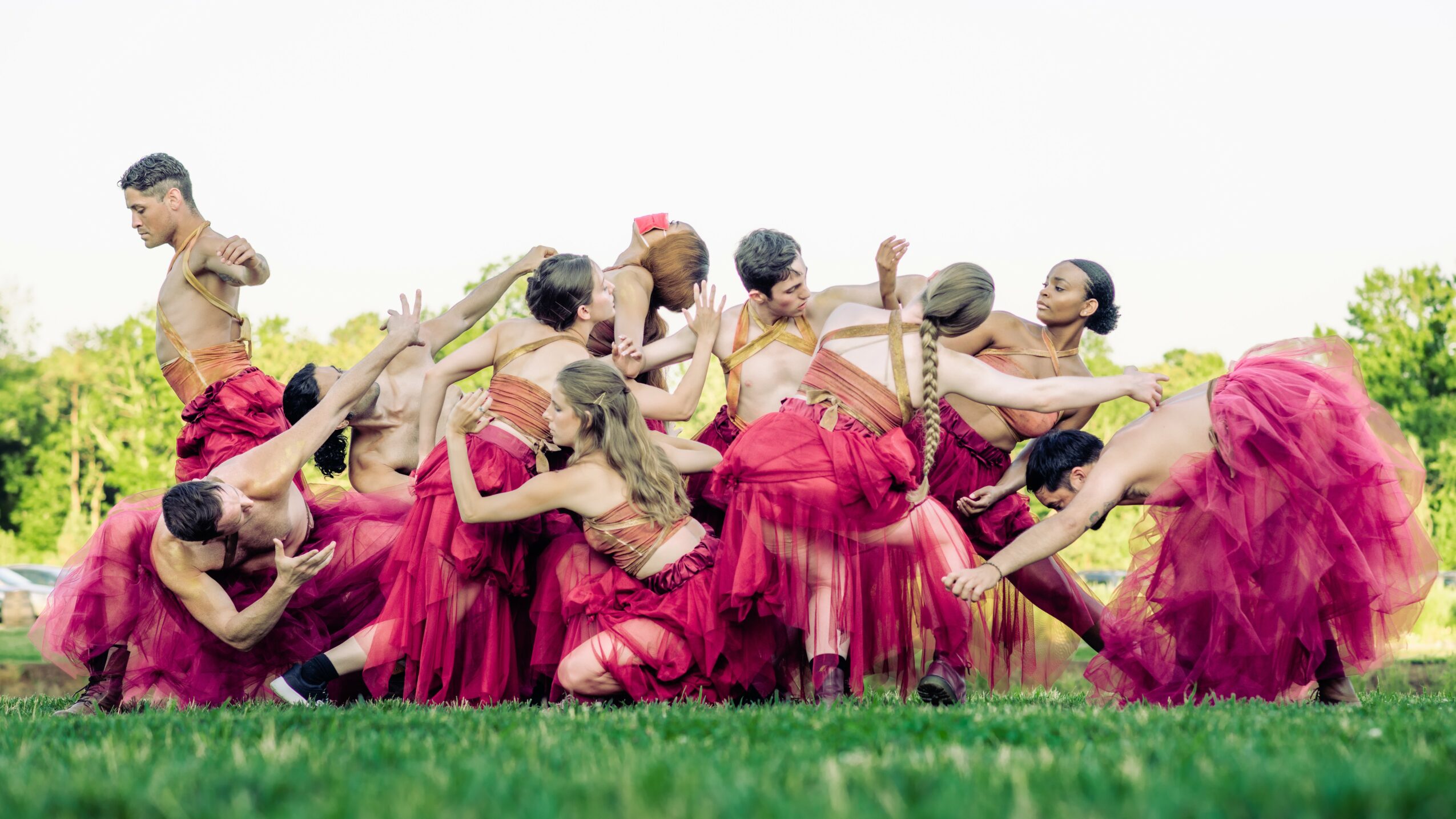
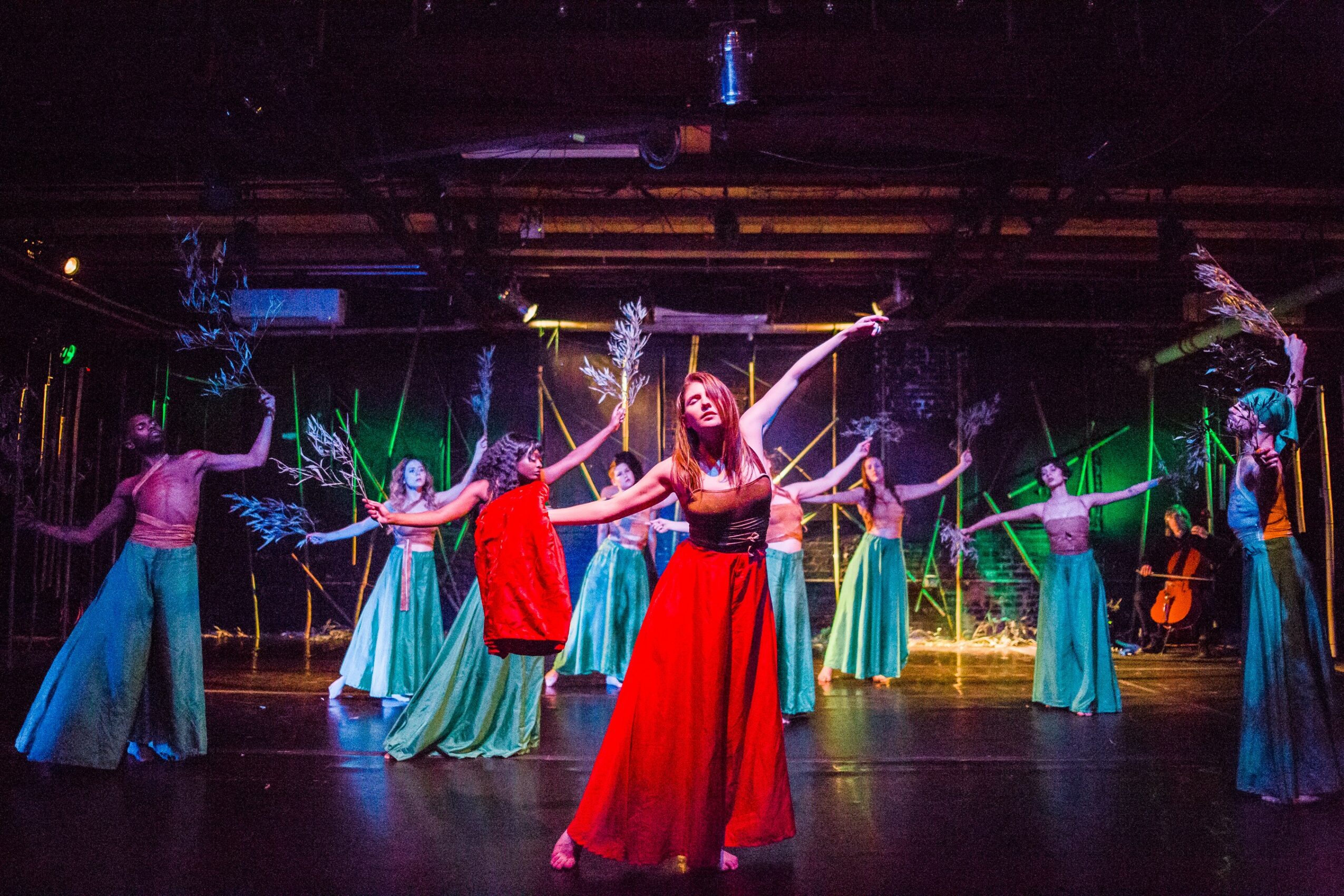
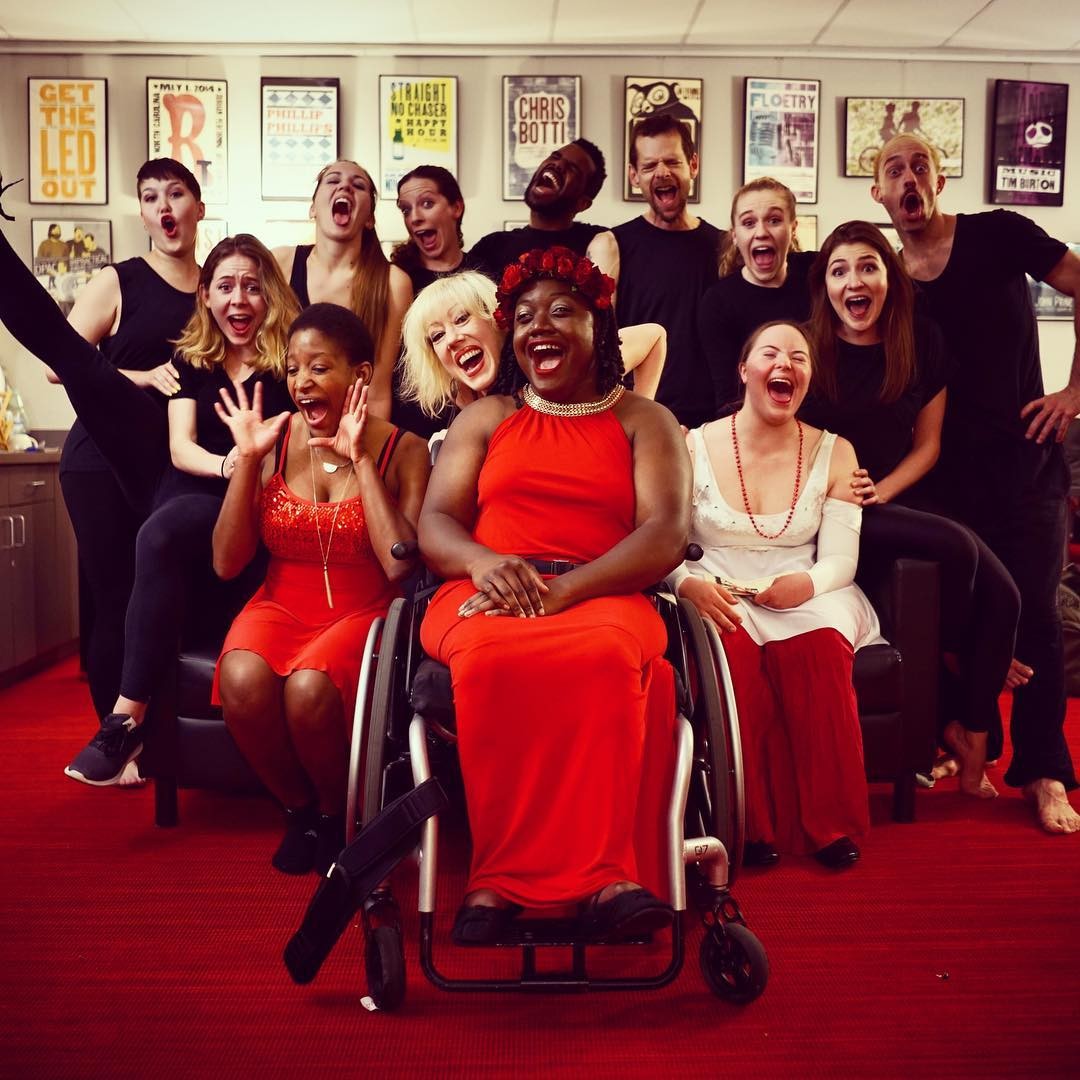
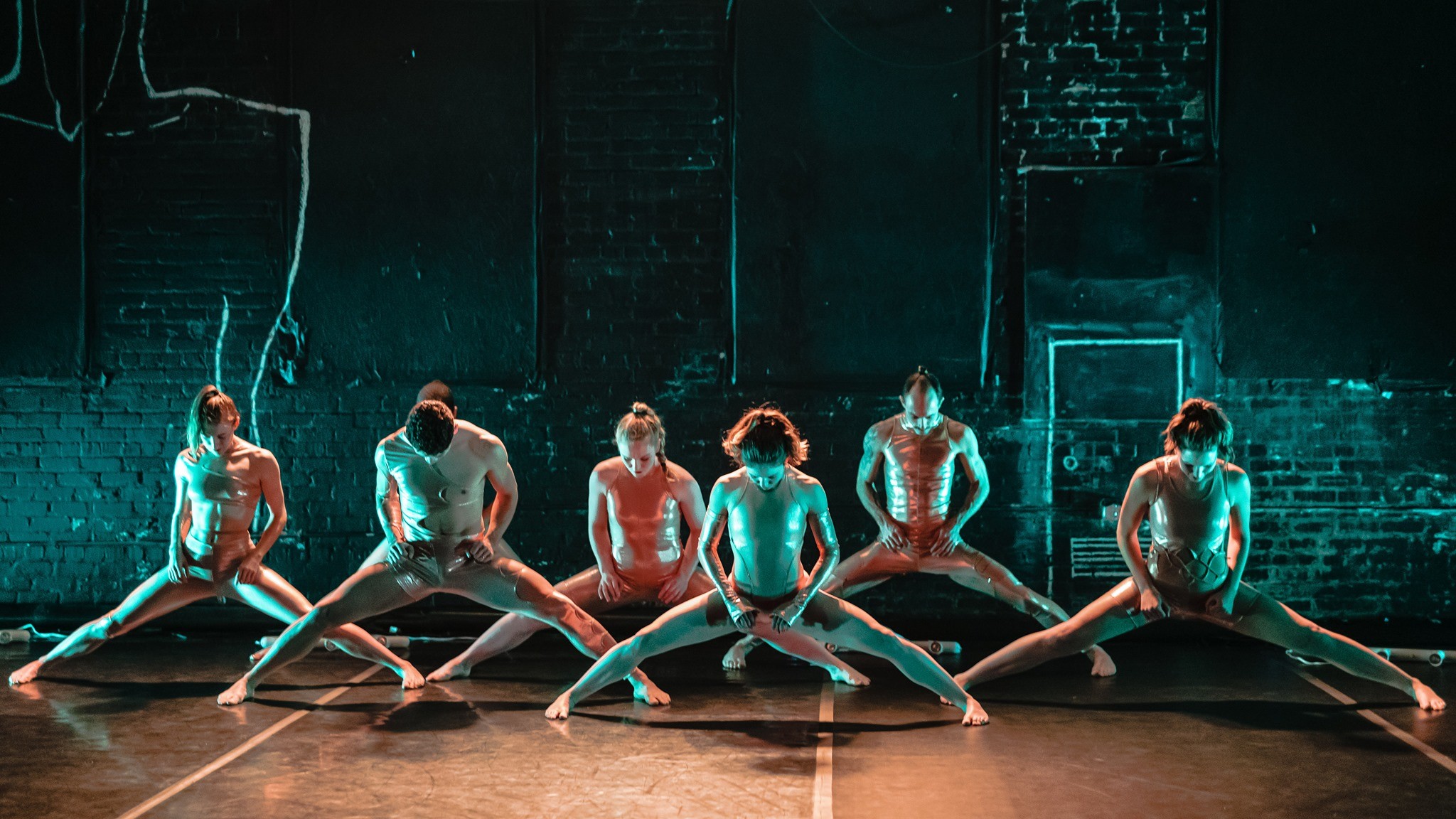
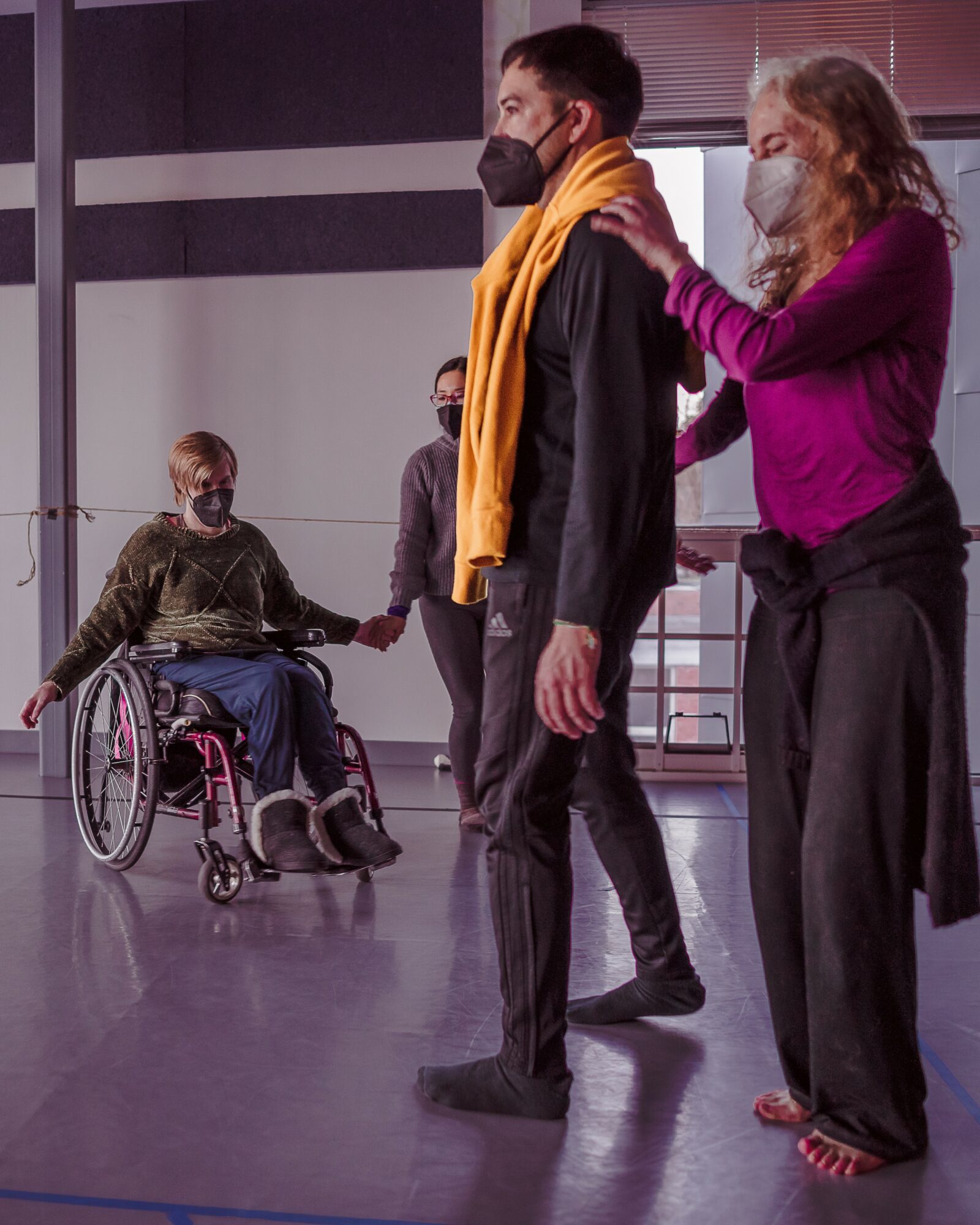
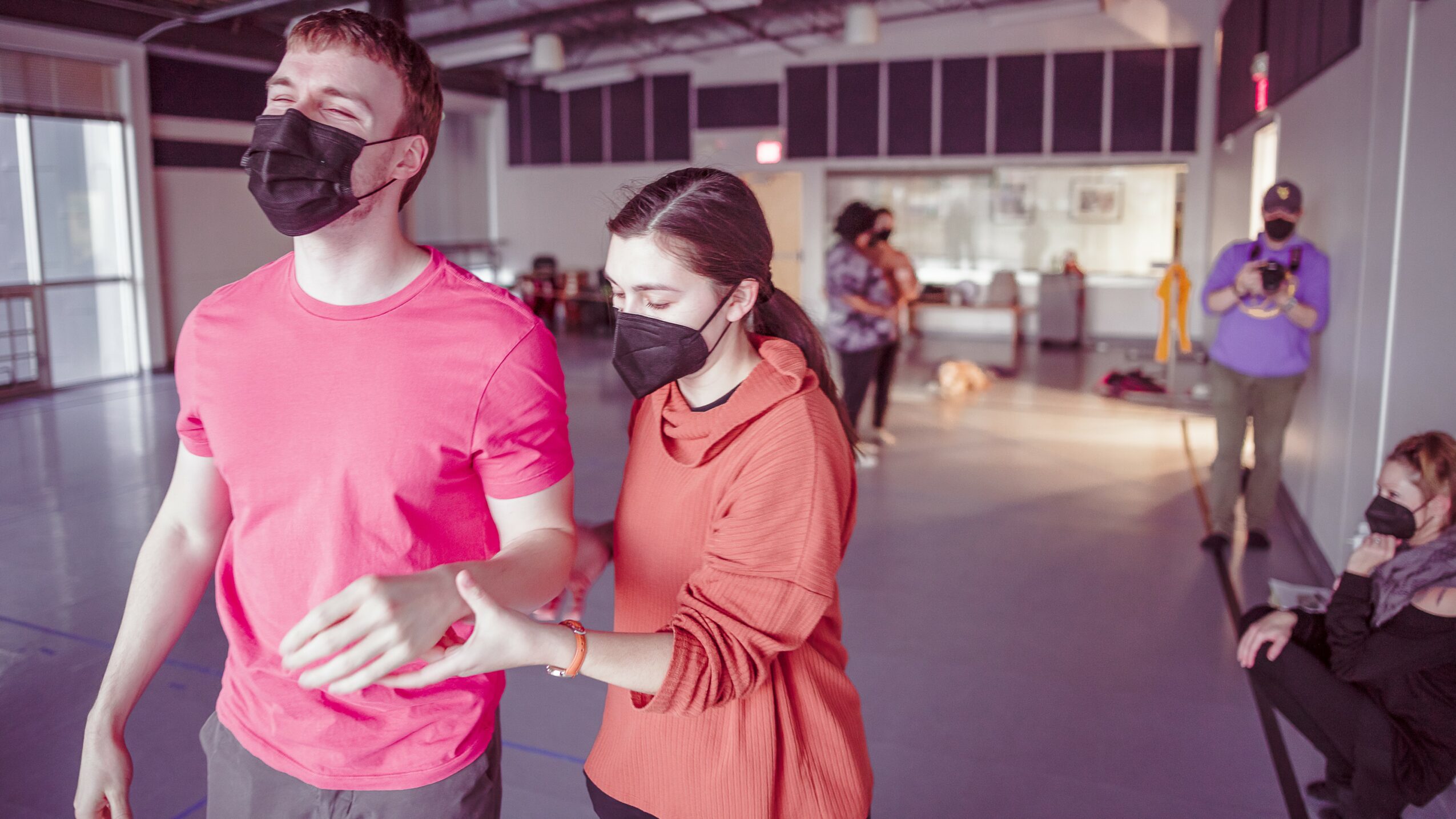
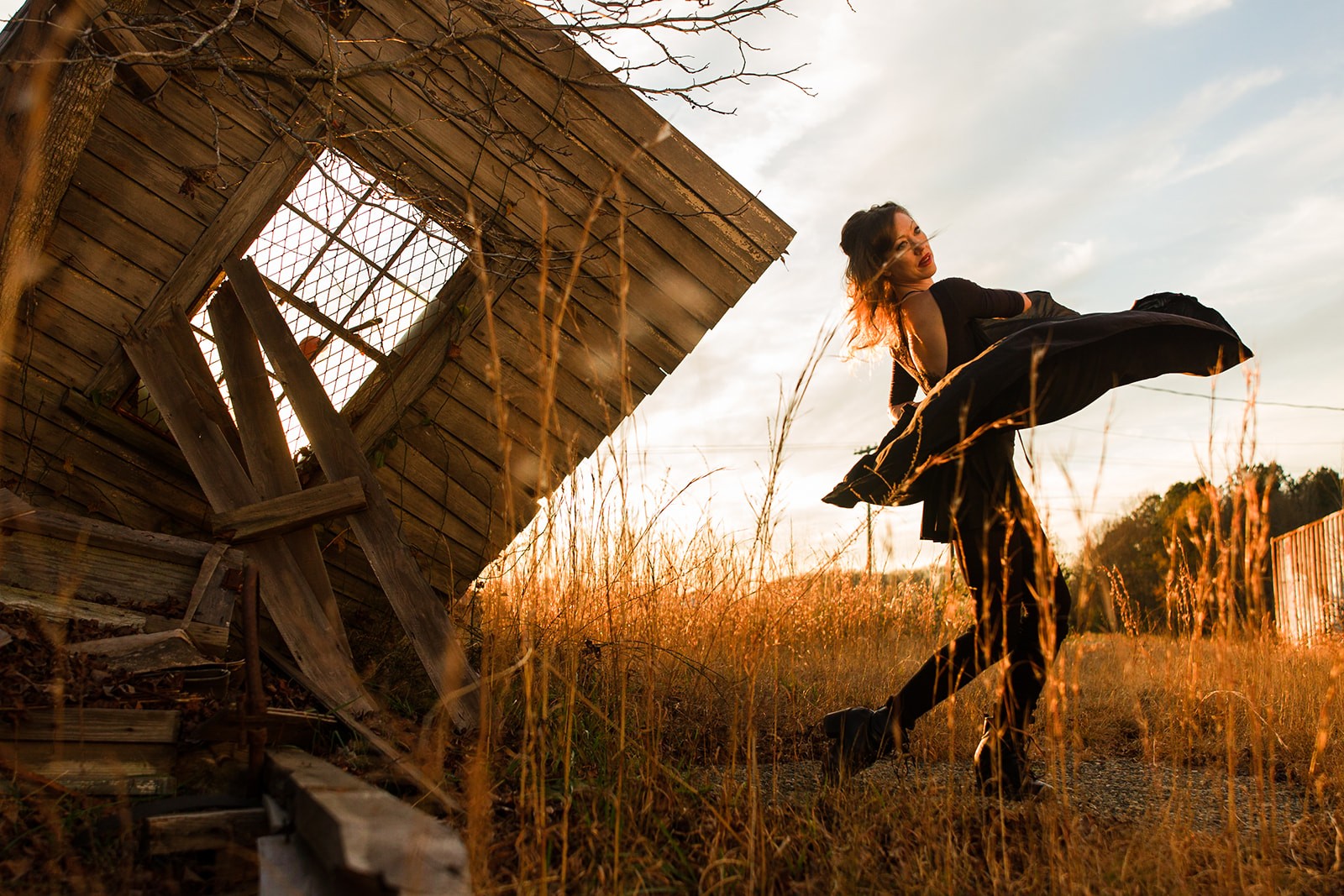 Image Credits
Image Credits
Slater Mapp, Zoe Litaker Photography, and Ernesto Javier Photography

